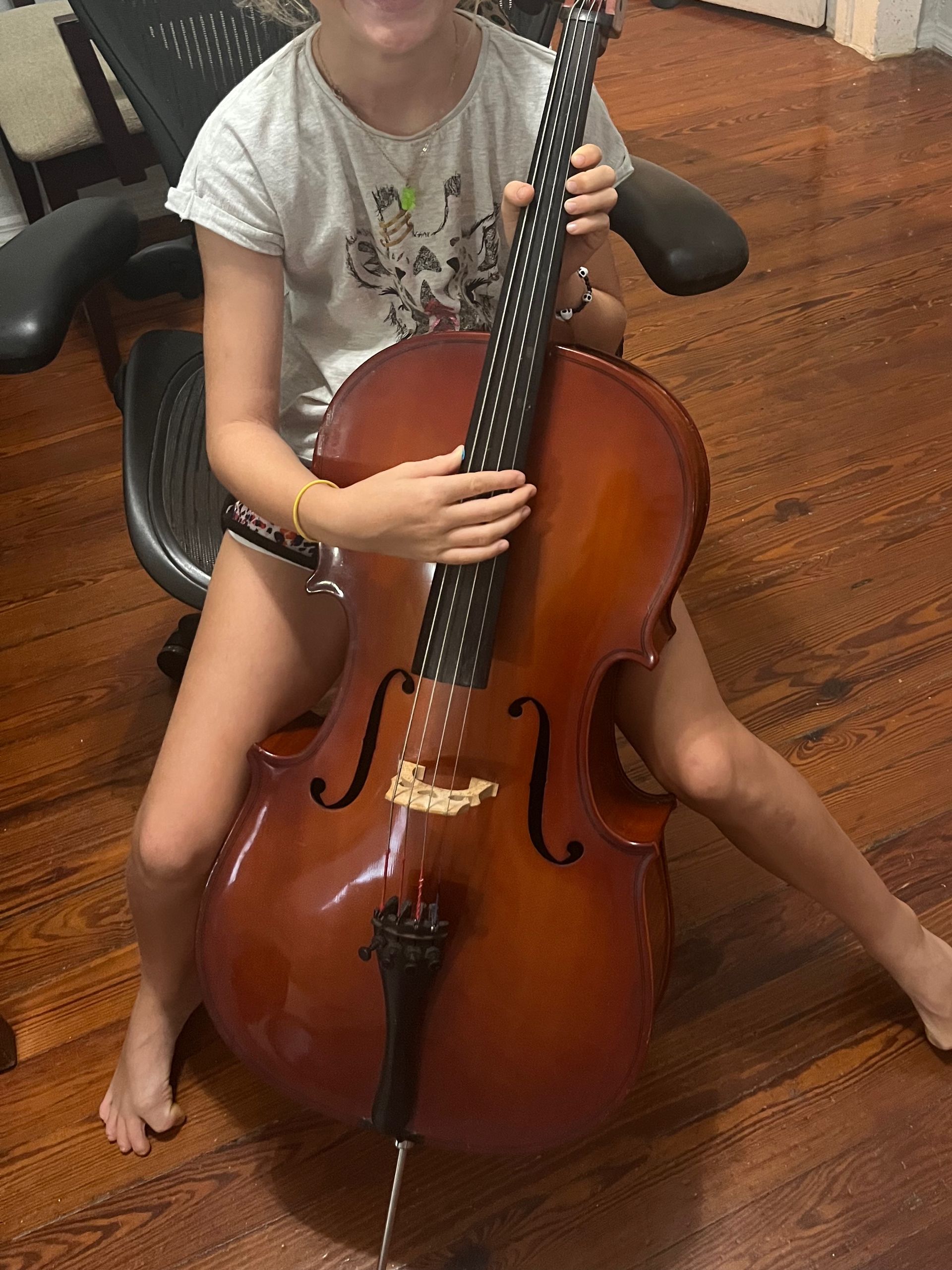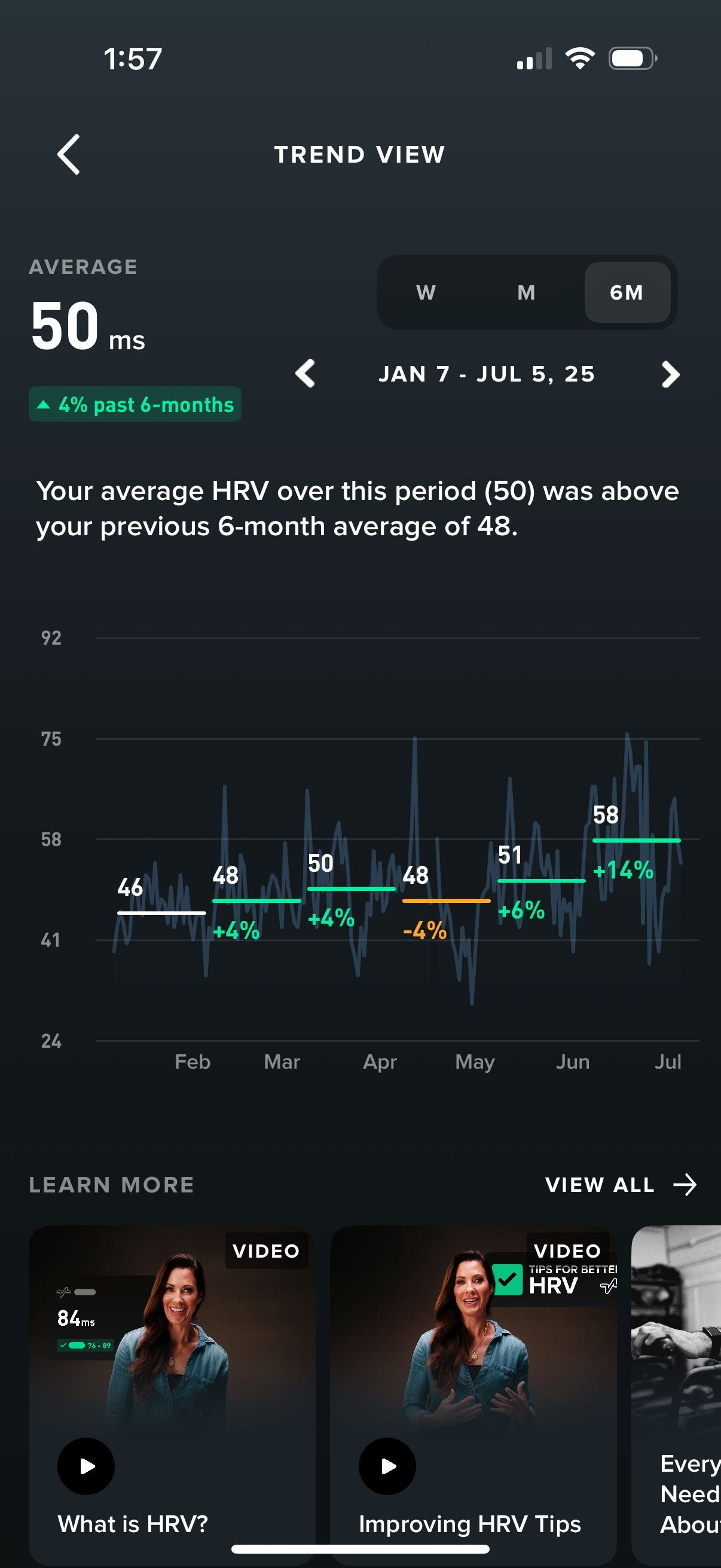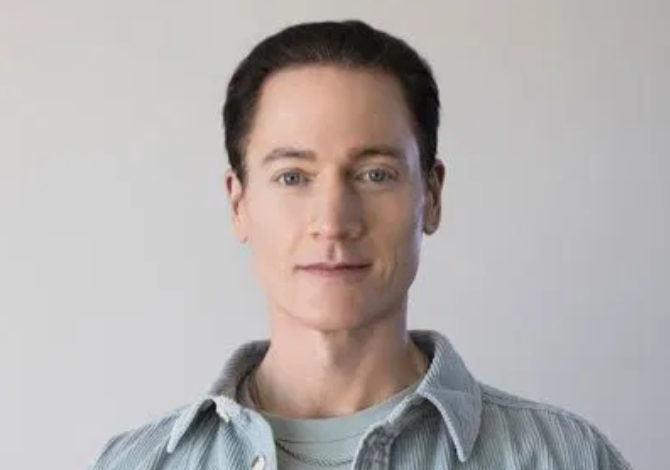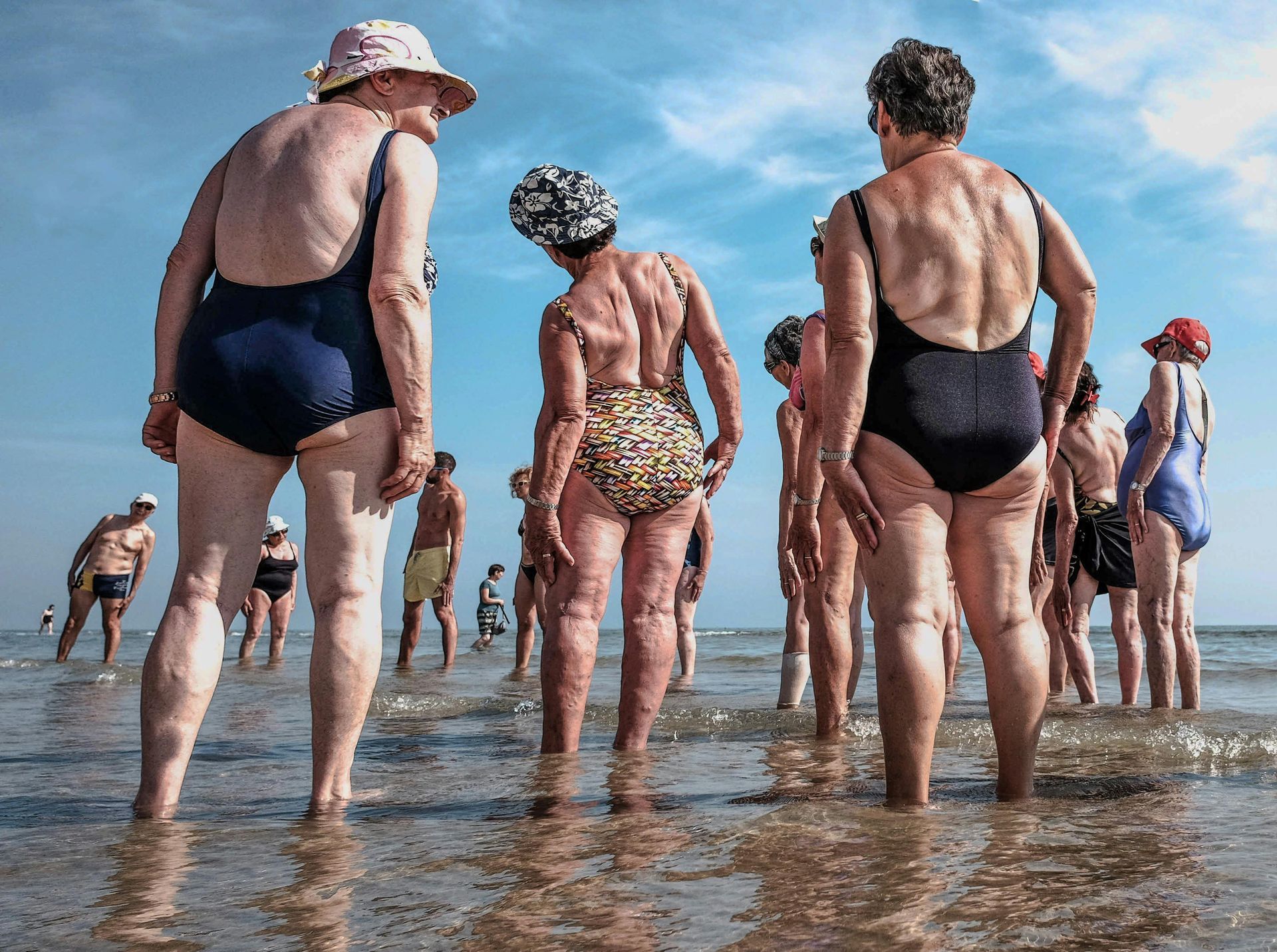The Six-Year-Old and Her Great-Grandfather
In a world that seems to spin faster with each passing day, the pace of change has become a constant topic of discussion, reflection, and sometimes, concern. Theodor Geisel, better known as Dr. Seuss, once remarked, “At age 6 a child has seen more of life than his great grandfather when he died at the age of 90.” Born 120 years ago, Geisel's observation was astute in his era, a period that witnessed the transformation from horse-drawn carriages to automobiles, the dawn of space exploration, the unveiling of nuclear power, the discovery of DNA, and the nascent stages of the digital revolution. When Geisel passed away in 1991, he had lived through changes that were, at the time, unimaginable to previous generations.
Fast forward to today, and the pace of change Geisel found dizzying has only accelerated, propelled forward by the digital revolution he saw in its infancy. The 6-year-old child of Geisel's statement now wields more computing power in her hands than all of NASA during the moon landings—a fact that underscores the monumental shift in access to information and technology. With the advent of AI, that same child can interact with machines in ways that mimic the creativity once thought exclusive to humans, generating Seuss-like rhymes and stories on demand.
This rapid pace of technological advancement is not merely a matter of more gadgets and faster communications. It represents a fundamental shift in the way children perceive and interact with the world. They are the first generation for whom digital technology is not an added layer to their reality but a foundational component of it. They are not just digital natives; they are social media natives, AI natives, in a landscape where the implications of such immersion are still being understood.
The COVID-19 pandemic has further shaped this generation's experience, altering their perspectives on socialization and education. Many of them began their schooling in a virtual environment, a situation that has no historical precedent and whose long-term effects on development and social skills are yet to be fully grasped.
Yet, amidst this whirlwind of change, it's crucial to remember that not everything shifts with the tide of technology. Reflecting on my own family, as today (as I write, not publish) marks what would have been my grandfather's birthday, I'm reminded of the lessons he imparted that remain timeless. My daughter, now 8, has witnessed and experienced things in her short life that her great-grandfather could scarcely have imagined. But the values he held dear—hard work, compassion, connection, listening, and the importance of lifelong learning—are as relevant today as they were in his time.
These enduring principles serve as a counterbalance to the rapid pace of change. They remind us that while the tools and technologies at our disposal evolve, the core of what it means to be human does not. As we navigate this ever-changing landscape, it's essential to impart these values to the younger generation, ensuring they grow not just as consumers of technology but as thoughtful, empathetic individuals.
The challenge, then, is to embrace the pace of change while holding onto the timeless truths that bind us. It's about finding balance in a world where the only constant is change itself. For my daughter, and for all children growing up today, the task is to navigate a world vastly different from that of their ancestors. Yet, the hope is that they can draw on the wisdom of the past to guide them through the uncertainties of the future.
As we ponder the reality of children living today, we must acknowledge that we are witnessing a unique moment in human history. The pace of change is unparalleled, but so are the opportunities for learning, growth, and innovation. By fostering a sense of curiosity, resilience, and compassion in the next generation, we can help them thrive in this dynamic environment. And perhaps, in doing so, we can learn from them as well, seeing the world anew through their eyes, enriched by the possibilities that lie ahead.
In this journey, the wisdom of age and the innovation of youth are not at odds but are complementary forces. Together, they can forge a future that honors the past while embracing the unknown. As we marvel at the rapid changes around us, let's also cherish the enduring values that guide us, ensuring that while much changes, the essence of what it means to lead a meaningful life remains the same.











